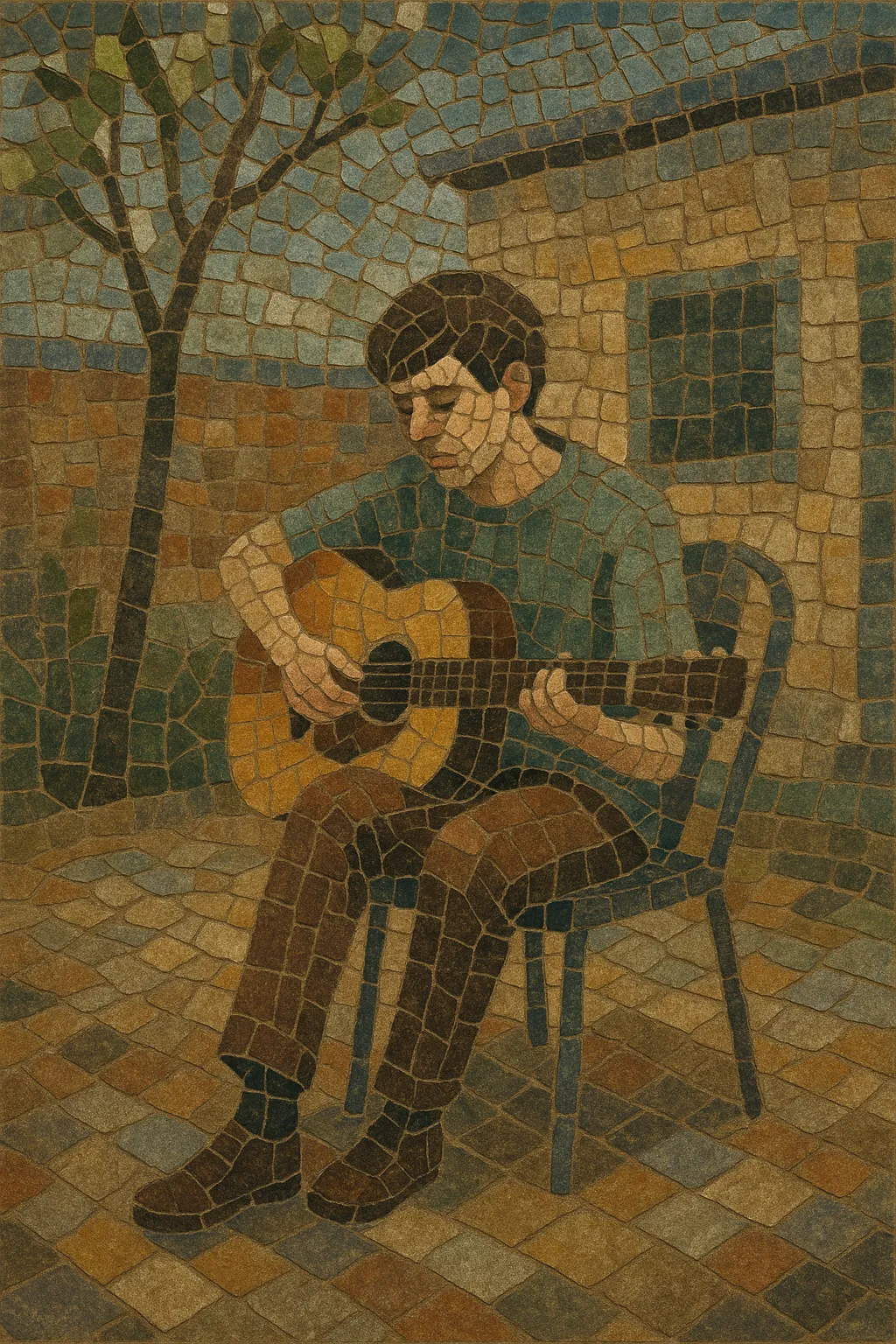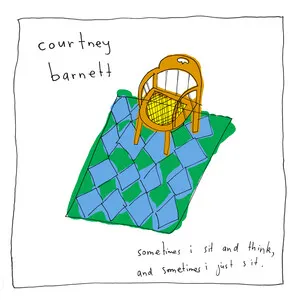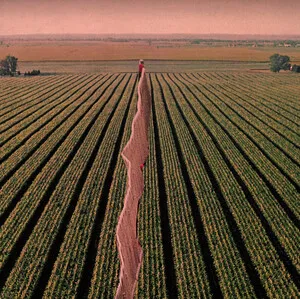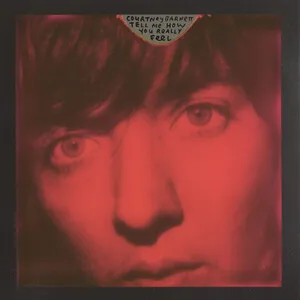Your digging level
Description
Dolewave is a strand of Australian indie rock known for jangly, clean guitars, laconic and conversational vocals, and lyrics that linger on the small details of everyday suburban life. The songs often feel unhurried and unvarnished, balancing bittersweet nostalgia with wry humor.
Production tends toward the DIY and lo‑fi: room sounds, modest mic techniques, and minimal studio polish underscore the music’s unpretentious character. Harmonies are simple but catchy—major keys, suspended chords, and ringing arpeggios—while tempos hover at a relaxed mid‑pace.
The term "dolewave" began as a tongue‑in‑cheek label referencing Australia’s social welfare (“the dole”) and the music’s slacker, home‑recorded ethos. Despite the loaded nickname, the style has come to signify a specific Melbourne‑centred guitar pop sensibility steeped in jangle‑pop, the Dunedin sound, and slacker rock.
History
Dolewave coalesced in the early 2010s around Melbourne (Naarm), Australia, where a cluster of bands with overlapping members and a shared DIY ethic traded in chiming, low‑stakes guitar pop. Small venues, share‑house recording setups, and boutique labels fostered the sound. The approach drew heavily from jangle‑pop, the New Zealand “Dunedin sound,” and American slacker rock, refracted through distinctly Australian storytelling.
The word “dolewave” surfaced on Australian music blogs and forums around 2012–2013 as a joking shorthand for a down‑to‑earth, home‑recorded guitar style associated with suburban life and underemployment. Artists often embraced—or good‑naturedly pushed back against—the tag, but the label stuck as a scene descriptor rather than a rigid genre rulebook.
Between roughly 2012 and 2016, bands such as Dick Diver, Twerps, Scott & Charlene’s Wedding, The Ocean Party, The Stevens, and Lower Plenty released influential records that codified the sound: chiming guitars, conversational vocals, and wry, hyperlocal lyrics. Independent labels and community radio amplified the scene, while tours and compilations brought wider attention. Some later acts—more driving and post‑punk tinged—were framed as “post‑dolewave,” showing how the aesthetic evolved beyond its earliest blueprint.
By the late 2010s, “dolewave” had become both a recognizable musical signifier (jangly, lo‑fi, laconic) and a contested term—some regarded it as reductive or pejorative. Regardless, its influence endured in Australia’s indie ecosystem and in global DIY guitar pop, reinforcing the appeal of modest production, direct lyricism, and chiming guitars.
How to make a track in this genre
Use two clean electric guitars (one strumming, one arpeggiating), electric bass, and a small drum kit with light cymbal work. Occasional keys (organ/piano) and tambourine can add color without crowding the mix.
Favor major keys and simple diatonic progressions (I–IV–V, I–vi–IV–V), enriched with sus2/sus4 and add9 voicings to keep the jangle open and bright. Lead lines are modest, melodic, and singable rather than virtuosic. Vocal melodies should be conversational, often sitting in a comfortable mid‑range.
Keep tempos relaxed to mid‑tempo (roughly 90–120 BPM). Drumming is unfussy: steady kick/snare patterns, tight hi‑hat or ride, and occasional fills. Let the rhythm breathe; pocket and feel matter more than precision.
Write about day‑to‑day life—suburban scenes, public transport, weather, share houses, weekend sports, and small social rituals. Use dry wit, gentle irony, and specific local details. Deliver vocals with a natural accent and an unforced, slightly deadpan tone.
Record simply—live takes, minimal overdubs, and a roomy, uncompressed sound. Use modest reverb and avoid heavy processing; let mic placement and performance shape the texture. Leave minor imperfections; they contribute to authenticity.
Alternate between strummed rhythm and lightly picked arpeggios to create motion. Trade small guitar motifs between parts. Aim for 3–4 minute songs with clear verse/chorus shapes and understated bridges or codas. Resist the urge to over‑arrange.
Over‑polishing the mix, crowding arrangements with layers, or overstating irony can undermine the understated charm. Keep it human, warm, and economical.










